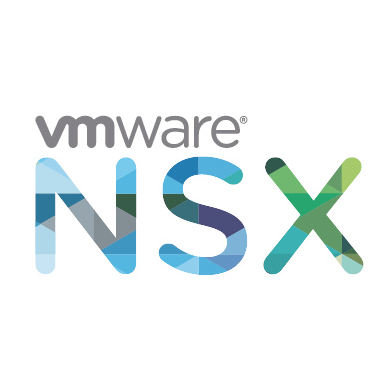Using WinSCP with vCenter Server Appliance
Sometimes it’s necesary to exchange files with the vCenter Server Appliance (VCSA). Secure Copy Protocol is the tool of choice to do that job. Besides CLI commands there are handy programs like WinSCP.
While trying to establish a WinSCP connection to VCSA I’ve received communication errors. Whereas SSH connection worked without problems.
The problem is that WinSCP cannot use VCSA’s default shell as communication target. You have to switch default shell first before connecting. To do so, login to VCSA with SSH and activate Bash. Continue reading “VCSA and SCP”


